Cover letter format template free
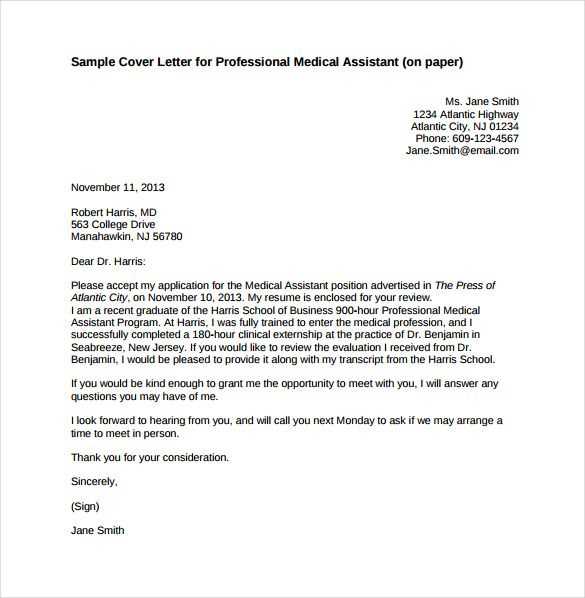
Key Structure of a Cover Letter
A well-organized cover letter starts with the correct structure. Begin with your contact details at the top, followed by the employer’s information. After that, move on to the greeting, the introduction, the body, and conclude with a polite closing. Here’s a template to help guide you:
1. Contact Information
- Your Name
- Your Address
- Your Email Address
- Your Phone Number
2. Employer’s Information
- Employer’s Name
- Company Name
- Company Address
3. Salutation
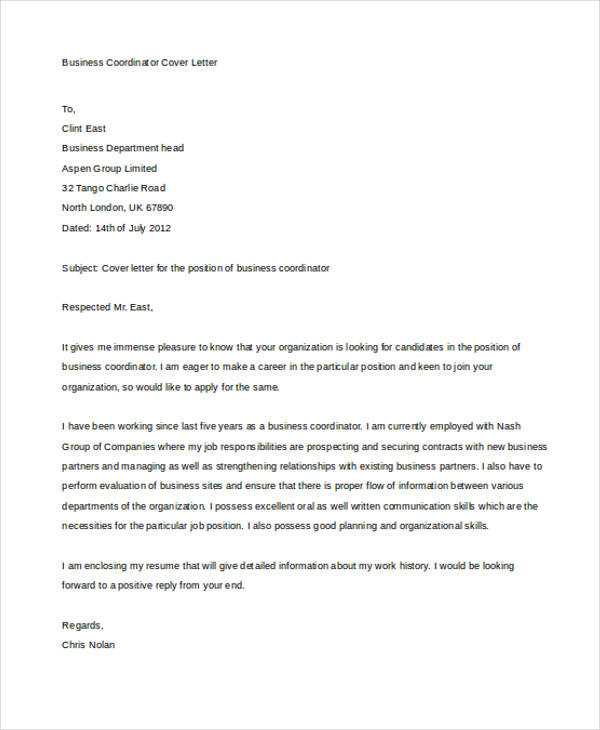
Address the employer by name if possible. If unsure, use a general greeting like “Dear Hiring Manager” or “Dear [Company] Team.”
4. Introduction
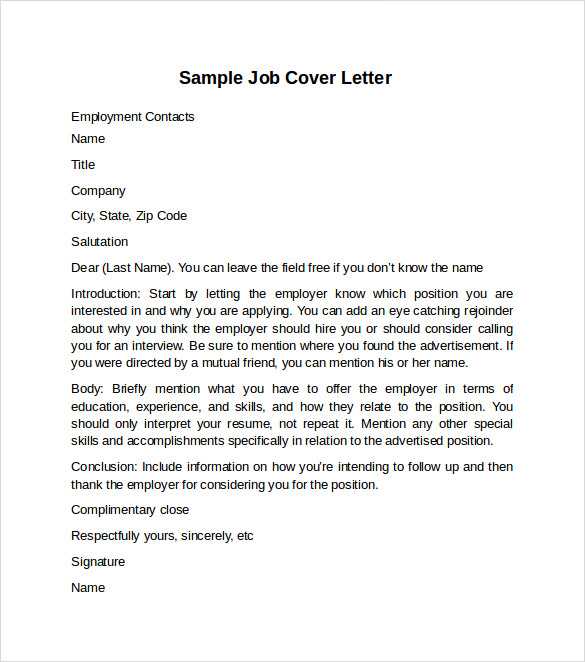
Begin your letter with a brief introduction. Mention how you heard about the position and express enthusiasm for the role. Keep this part to two or three sentences to create a strong first impression.
5. Body Paragraphs
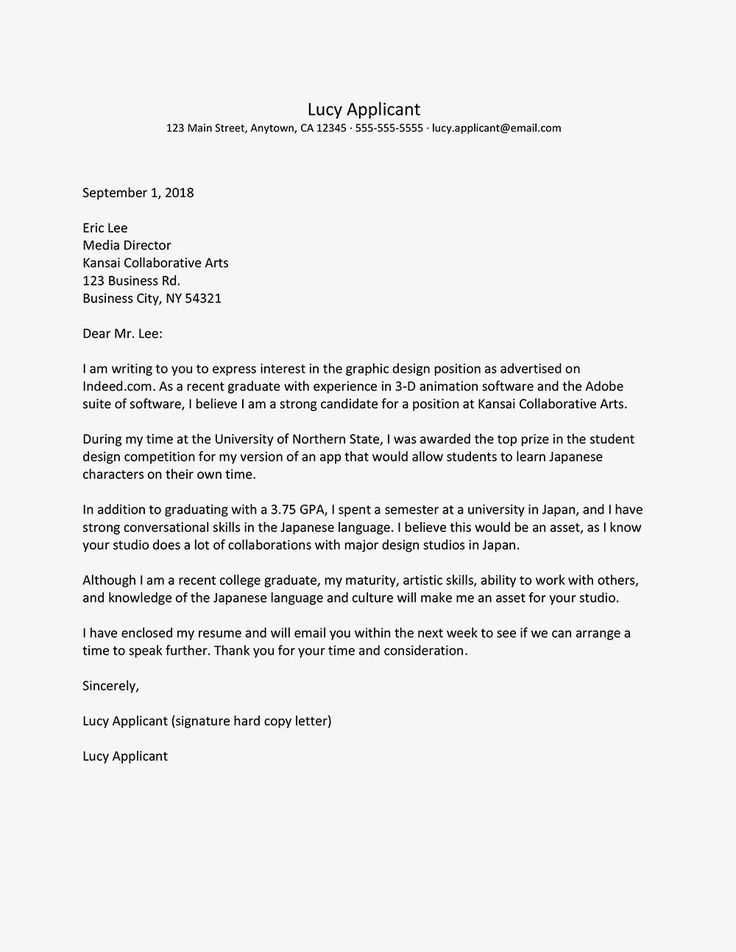
The body should highlight your qualifications and align them with the job. Mention how your skills make you a suitable candidate and why you’re excited to join the team. Keep your focus on how you can contribute to the company’s needs. Each paragraph should cover one key point:
- Briefly explain why you’re interested in the position.
- Match your skills to the job description.
- Provide examples of past achievements that demonstrate your suitability.
6. Conclusion
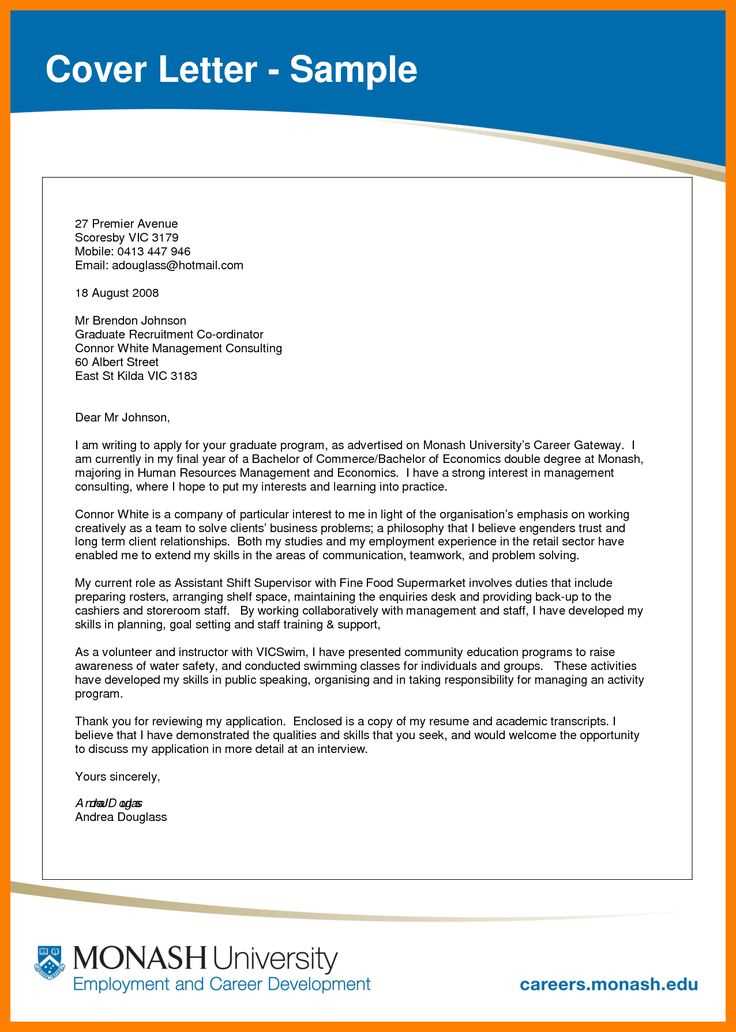
Finish your letter by thanking the employer for their time and expressing your eagerness to discuss your application further. Close with a professional sign-off, like “Sincerely” or “Best regards,” followed by your full name.
Free Template
Here’s a simple template to get you started:
Your Name Your Address Your Email Address Your Phone Number Date Employer’s Name Company Name Company Address Dear [Employer’s Name], I am writing to express my interest in the [Job Title] position at [Company Name], as advertised on [where you found the job posting]. I am excited about the opportunity to contribute to [Company Name] with my [skills/experience]. In my previous role at [Previous Company], I [briefly explain a relevant achievement]. I believe my skills in [specific skills] make me an excellent fit for this position. I would be thrilled to discuss how I can contribute to your team and share more about my background. Thank you for your time and consideration. I look forward to hearing from you soon. Sincerely, Your Name
Modify this template according to your needs, focusing on the job requirements and your own experiences. Tailor the content for each application to create a personalized and impactful cover letter.
Cover Letter Format Template Free
How to Choose the Right Option for Your Application
Key Components to Include in a Letter
Customizing Your Design to Match Job Requirements
Common Mistakes to Avoid When Using a Template
Optimizing Your Design for Applicant Tracking Systems (ATS)
How to Save and Organize Multiple Letter Versions
Select a template that aligns with the job you’re applying for. Avoid overly generic templates and opt for one that suits the tone and industry. A clean, professional design is best for most roles, while a creative position may benefit from a slightly more visually engaging format.
Key Components to Include in a Letter
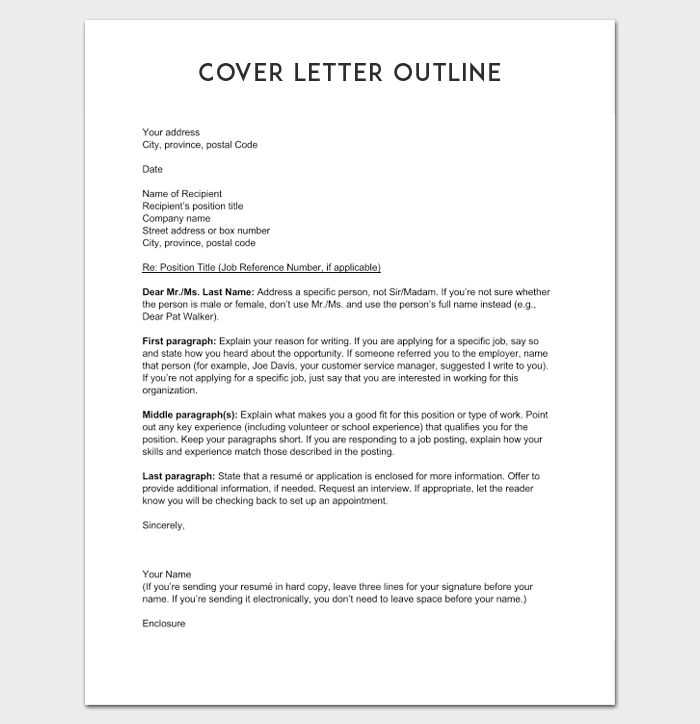
Ensure the following sections are present in your letter: a greeting with the hiring manager’s name, a strong introduction that highlights your interest, a body explaining your qualifications and experience, and a concise conclusion that reinforces your enthusiasm. Always include a personalized closing that matches the company’s culture.
Customizing Your Design to Match Job Requirements
Customize your letter based on the job description. Highlight skills and experiences that directly address the position’s needs. Tailoring the content shows genuine interest and demonstrates that you’ve done your research.
Common mistakes to avoid include using a template without adjusting it for the specific job or company. Templates are a starting point but should never be used as is. Avoid using overly complex language, irrelevant experiences, or generic statements that don’t relate to the role.
Optimize your design for Applicant Tracking Systems (ATS) by keeping the layout simple. Use standard fonts and avoid including images or graphics, as they can confuse the ATS. Focus on clear, keyword-rich content that mirrors the language used in the job description.
To keep track of multiple versions, save each version with a clear file name that reflects the job title and company. Create a folder system that organizes your letters by company or position, making it easier to refer to and update them as necessary.